Higher classification Uncaria | Genus Uncaria Rank Species | |
 | ||
Similar Uncaria, Grapple plant, Devil's claw, Echinacea angustifolia, Goldenseal | ||
Uncaria tomentosa cat s claw
Uncaria tomentosa is a woody vine found in the tropical jungles of South and Central America. In several languages it is known as cat's claw because of its claw-shaped thorns (English cat's claw, although that name is also used for other plants; Spanish uña de gato).
Contents
- Uncaria tomentosa cat s claw
- Description
- Taxonomy
- Medicinal uses
- Folk medicine
- Adverse reactions
- References
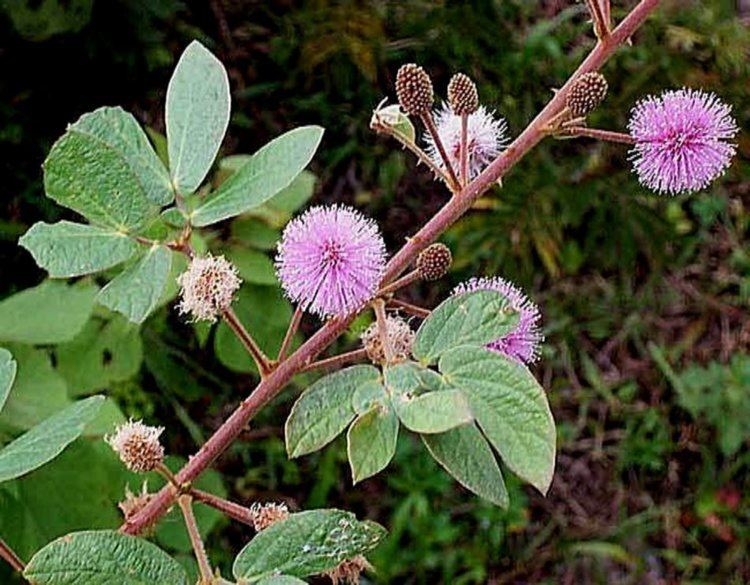
It is also known as vilcacora. The Polish journalist Roman Warszewski derives that name from the Quechua words "vilca" and "cora".
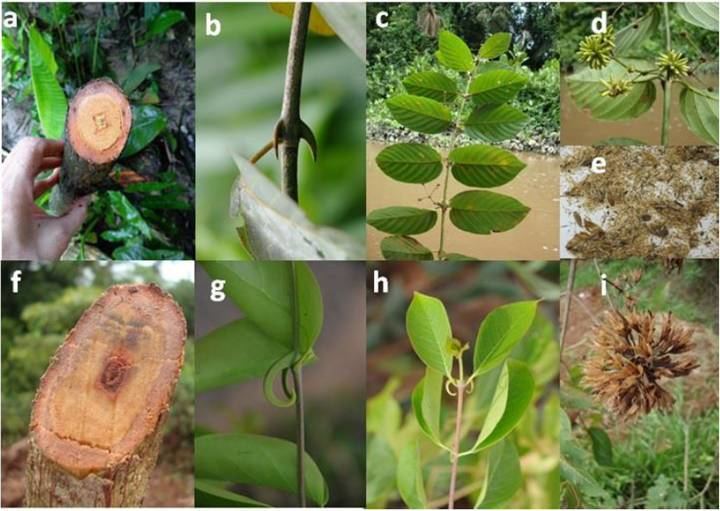
The plant is used in herbalism for a variety of ailments.
Description
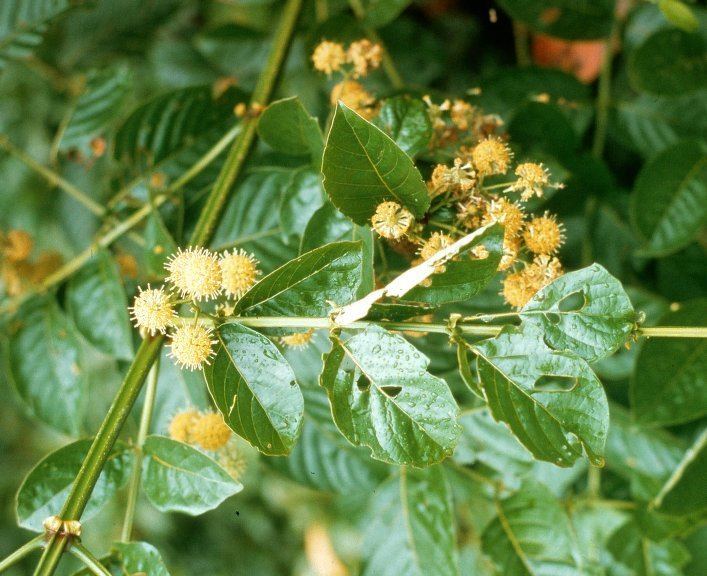
Uncaria tomentosa is a liana deriving its name from hook-like thorns that resemble the claws of a cat. U. tomentosa can grow to a length of up to 30 m (100 ft), climbing by means of these thorns. The leaves are elliptic with a smooth edge, and grow in opposing pairs. Cat's claw is indigenous to the Amazon rainforest, with its habitat being restricted primarily to the tropical areas of South and Central America.
Taxonomy
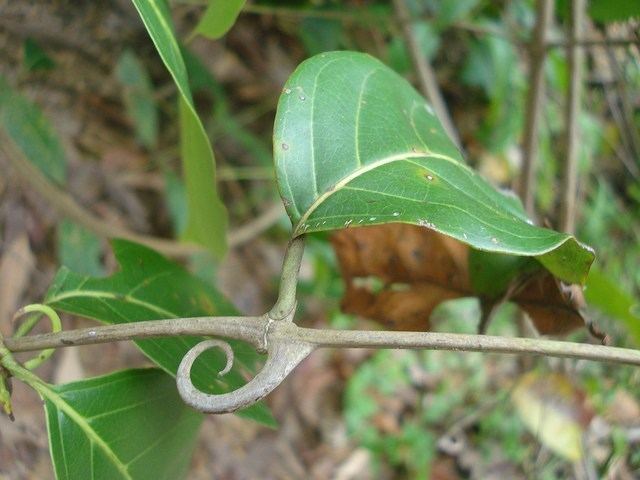
There are two species of cat's claw commonly used in North America and Europe, Uncaria tomentosa and Uncaria guianensis, each having different properties and uses. The two are frequently confused but U. tomentosa is the more heavily researched for medicinal use and immune modulation, while U. guianensis may be more useful for osteoarthritis. U. tomentosa is further divided into two chemotypes with different properties and active compounds, a fact ignored by most manufacturers that can have significant implications on both its use as an alternative medicine and in clinical trials to prove or disprove its efficacy. Another species, Uncaria rhynchophylla, has usage in Chinese medicine, and several unrelated species bear the same nickname.
Medicinal uses

According to the American Cancer Society, cat's claw is often promoted for its health benefits and has become a popular herbal supplement in the United States and Europe. However, they state:
Some studies on its effect on rheumatoid arthritis reported modest results, which need confirmation in standardized trials.
Folk medicine
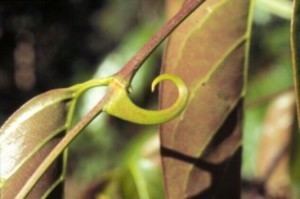
The indigenous peoples of South America have used cat's claw for centuries in the belief it is a treatment for various disorders.
Adverse reactions
Individuals allergic to plants in the Rubiaceae family and different species of Uncaria may be more likely to have allergic reactions to cat's claw. Reactions can include itching, rash and allergic inflammation of the kidneys. In one case study, kidney failure occurred in a patient with Lupus erythematosus. The patient's kidney failure improved after stopping the herbal remedy.
There are other plants which are known as cat's claw (or uña de gato) in Mexico and Latin America; however, they are entirely different plant species, belonging to neither the Uncaria genus, nor to the Rubiaceae family. Some of the Mexican uña de gato species are known to have toxic properties.
